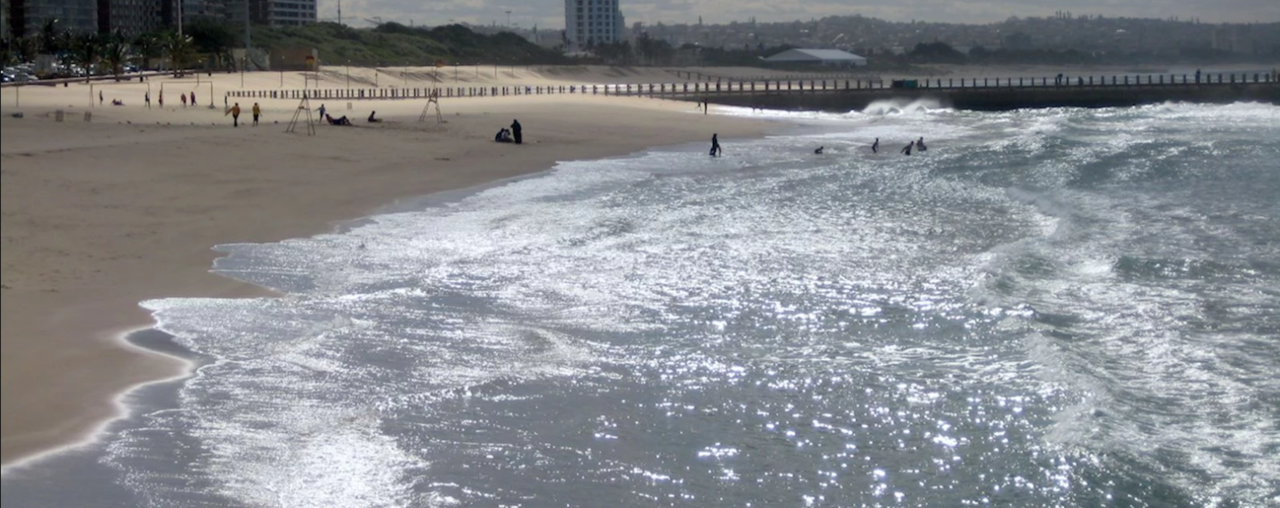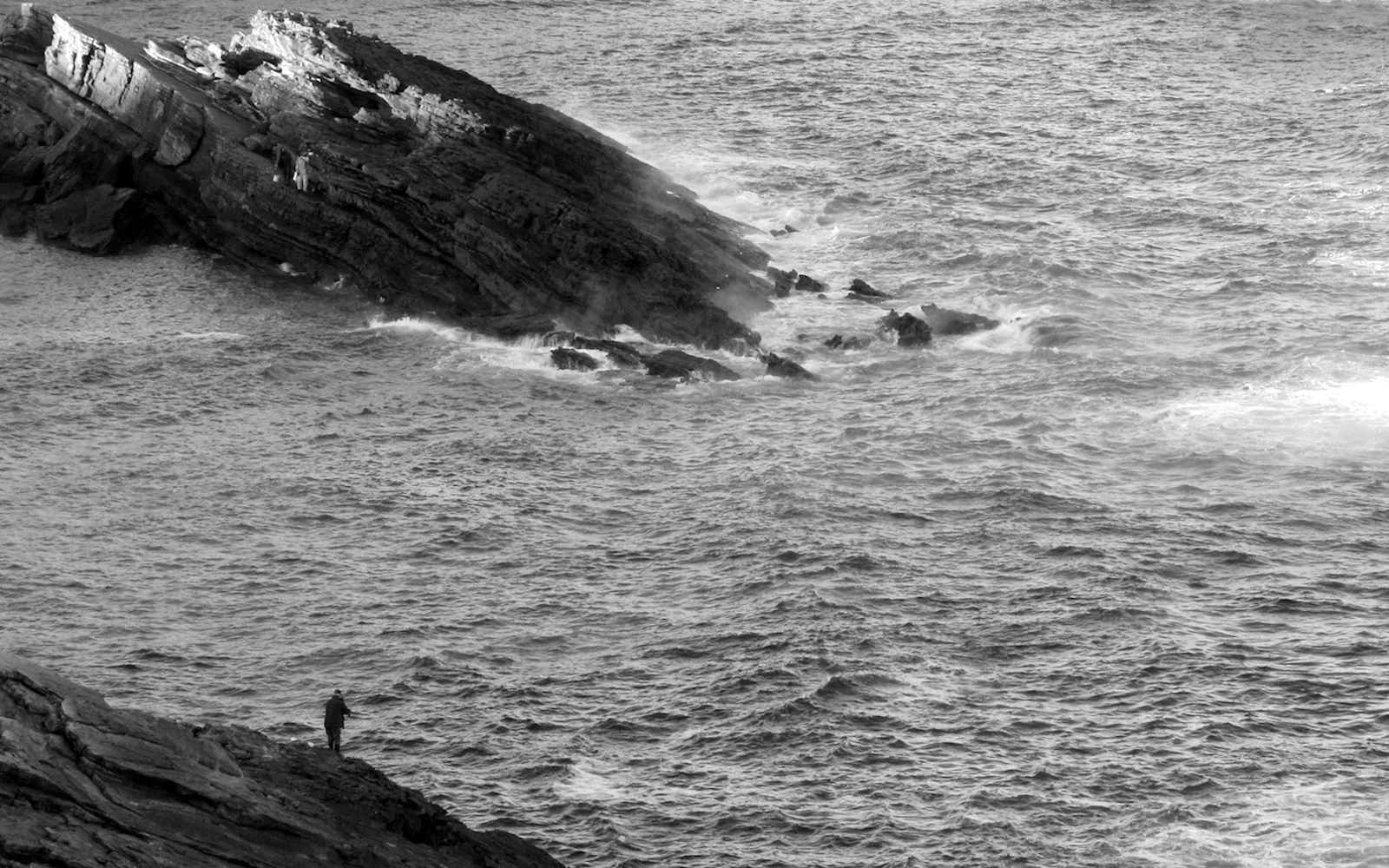Ocean plastic waste research priorities
Published in Sustainability

Just a few years ago, plastic islands sounded like a sci-fi phenomenon. Concerns over plastic pollution in the oceans have gained momentum and publications on the topic are multiplying. So it seems like a good time to reflect on what research has been done and where to go from here.
One major research area is, for example, mapping and simulating plastic distribution, which is helpful to place monitoring stations in more effective locations. Such maps have been produced for the Eastern Pacific Ocean (1), the Nordic Seas (2), the Northern Adriatic (3) or the Mediterranean (4). At a global scale, many gaps remain. The global distribution of floating plastic particles was estimated in 2014 (5), and more recently, a major citizen science project sampling microplastics the world over, found some of the highest concentrations in remote places (6). Another citizen science project, the Marine Debris Tracking phone app, has documented ocean debris since 2015. Besides, a wealth of research has been conducted to understand the impact of plastic debris (7) and microplastics (8, 9) on the marine environment, for example through ingestion by marine life. Amidst this diversity of approaches, what sort of research can be most effective at tackling this growing environmental problem?
Giuseppe Bonanno, from the University of Catania, Italy, and Martina Orlando Bonaca, from the National Institute of Biology, Slovenia (10), articulate ten major questions to guide research efforts to address this global issue. They classify the focus of such research efforts into issues intrinsic to the plastic debris (e.g. distribution and typology), and implications of biological and political nature. The authors map priority research areas as follows: estimating the quantity, type and origin of plastics released into the sea; understanding what happens with plastic once it reaches the sea (in terms of distribution and of biological effects); evaluating their harmfulness for humans and for marine life; and assessing whether current regulations are sufficient. They argue that it is the joint responsibility of citizens, scientists and policymakers to tackle this issue. To these stakeholders, we should also add the private sector.

Photo: Fishermen in the Cantabric sea. AZ (500px.com)
- Lavender Law et al 2014 "Distribution of Surface Plastic Debris in the Eastern Pacific Ocean from an 11-Year Data Set" https://pubs.acs.org/doi/abs/10.1021/es4053076
- Buhl-Mortensen et al 2017 "Marine litter in the Nordic Seas: Distribution composition and abundance" https://doi.org/10.1016/j.marpolbul.2017.08.048
- Gajšt et al. 2016 "Sea surface microplastics in Slovenian part of the Northern Adriatic" https://doi.org/10.1016/j.marpolbul.2016.10.031
- Cózar et al. 2015 "Plastic Accumulation in the Mediterranean Sea" https://doi.org/10.1371/journal.pone.0121762
- Ericsen et al 2014 "Plastic Pollution in the World's Oceans: More than 5 Trillion Plastic Pieces Weighing over 250,000 Tons Afloat at Sea" https://doi.org/10.1371/journal.pone.0111913
- Barrows et al 2018 "Marine environment microfiber contamination: Global patterns and the diversity of microparticle origins" https://doi.org/10.1016/j.envpol.2018.02.062
- Derraik 2001 "The pollution of the marine environment by plastic debris: a review" https://doi.org/10.1016/S0025-326X(02)00220-5
- Andrady 2011 "Microplastics in the marine environment" https://doi.org/10.1016/j.marpolbul.2011.05.030
- Cole et al 2011 "Microplastics as contaminants in the marine environment: A review" https://doi.org/10.1016/j.marpolbul.2011.09.025
- Bonanno & Orlando-Bonaca 2018 "Ten inconvenient questions about plastics in the sea" https://doi.org/10.1016/j.envsci.2018.04.005
Follow the Topic
-
Nature Sustainability

This journal publishes significant original research from a broad range of natural, social and engineering fields about sustainability, its policy dimensions and possible solutions.




Please sign in or register for FREE
If you are a registered user on Research Communities by Springer Nature, please sign in